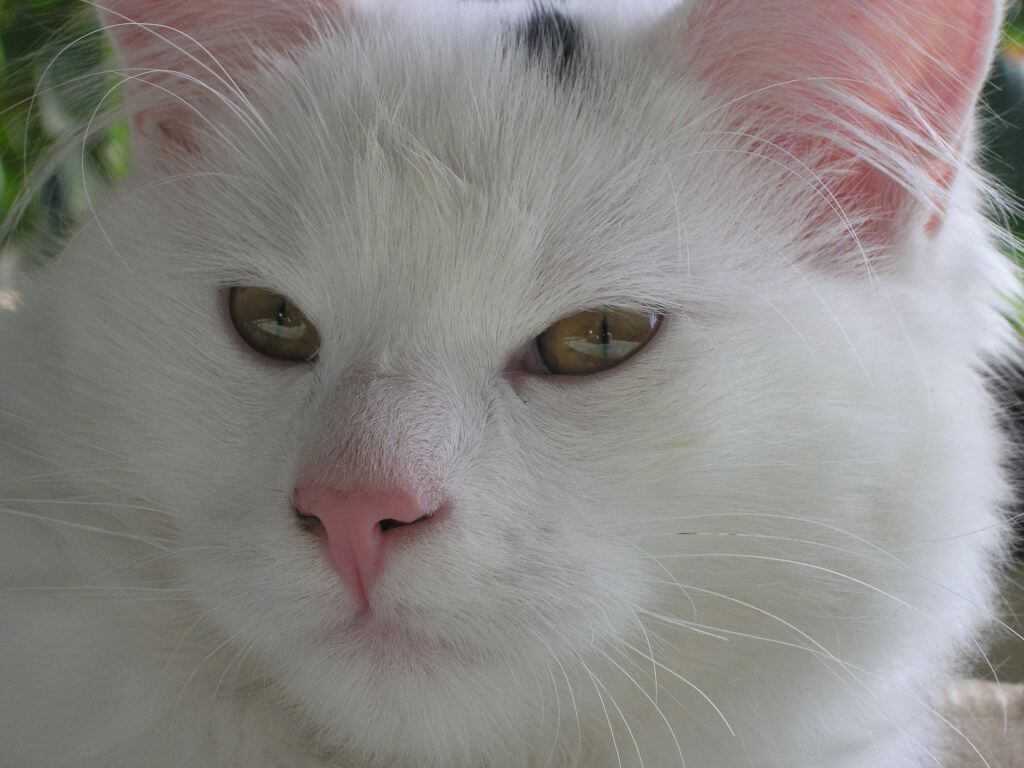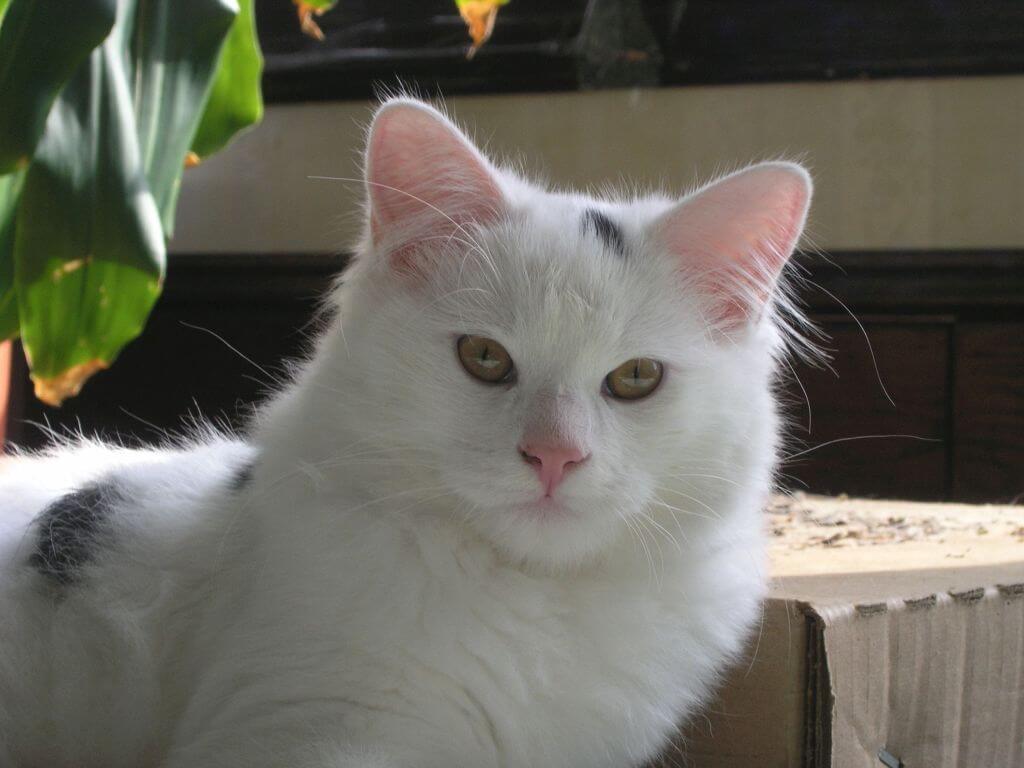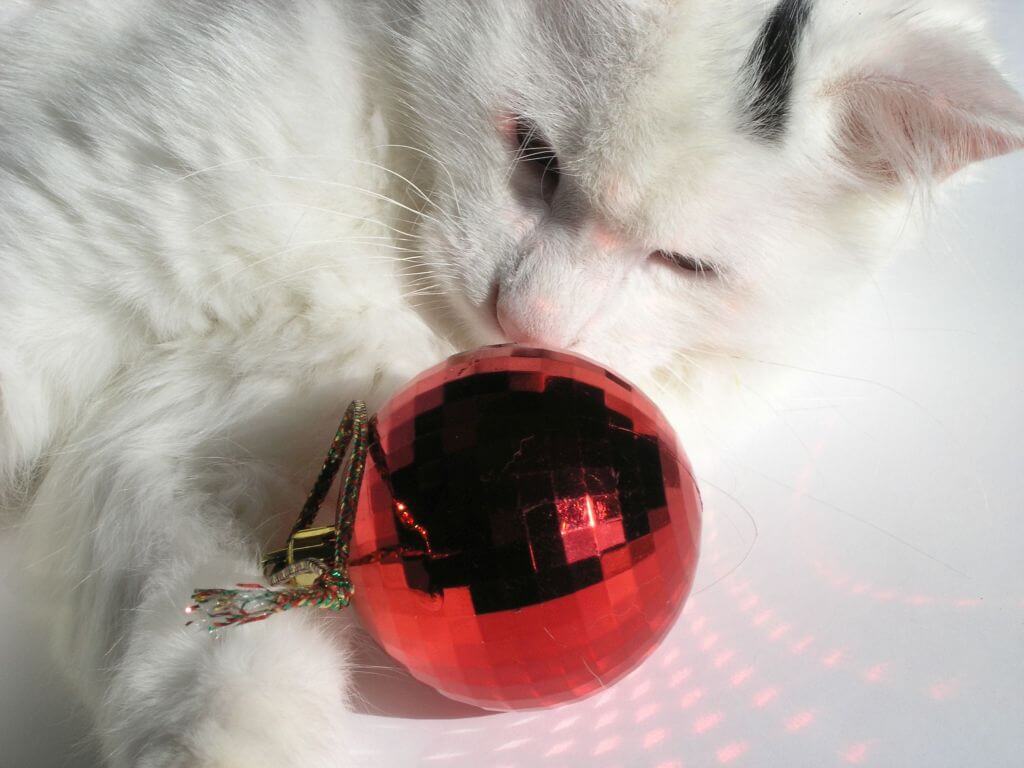Anytime you want to paint or draw a portrait of an animal, the best thing you can do is start with a great reference photo. The better your photo is, the better your finished artwork can be too.
Naturally, there are plenty of places online where artists can find absolutely gorgeous reference photos. But if you’re at all concerned about copyright issues, the best option (for most of us) is to take our own photographs.
Not only will that remove all doubts about the legality of the artwork you create; but it also allows you to enter many top-notch competitions and exhibits that require you to use your own images.
At this point, you might be saying, “But I’m not very good at photography. . .”
Hey, that’s easy enough to change! Here are a few of my favorite tips for taking better photographs of animals starting today.
How to Take Better Photos of Pets
First, get to know your camera
Unfamiliarity with your camera is guaranteed to result in lost opportunities and missed shots (not to mention frustration!)
So, the first step in taking better reference photos is to know your camera. Whether it’s expensive and high-powered, or an inexpensive point-and-shoot (or your phone!) just take a few hours to learn what it can do well enough so you don’t have to stop and figure things out when you want to take a picture.
You might need to look up a few tutorials online or spend time thumbing through the reference manual, but either way, I guarantee it’ll be time well spent.
Always carry a camera
In the smartphone age, that’s easy enough for most of us. Modern phones have better cameras than the Kodak Instamatic X-15 camera I started out with. You can zoom in, zoom out adjust brightness, contrast, color, and who knows what else after you’ve taken the picture, too.
Maybe it’s just more important to remember that your camera IS always with you. And speaking of which. . .
Remember to look for photo ops!
The best photography equipment and gadgets in the world won’t do you a bit of good if you don’t remember to take pictures! Train yourself to always look for photo opportunities because opportunities occur in the most unexpected of places. Many of those photo ops will turn into great art pieces.
If you love drawing and painting wildlife, then get your camera ready anytime you go outside. Have it in your hand when you take a walk (and try to take a walk once a day, if possible!) I promise you’ll find plenty of photo ops if you do.
Take more than one shot
Take as many pictures of a subject as you can, especially when photographing animals. You just never know when you’ll get a shot with an animal’s eye closed or its tongue sticking out or its ears turned in the wrong direction.
If that happens in the only picture you took, you’re pretty much out of luck. If you happen to be in a once-in-a-lifetime situation or at least in a place or situation you don’t find every day, it’s doubly important to take lots of shots.
Remember your pictures are digital. There’s no need to worry about running out of film, though you may want to get into the habit of carrying extra memory cards or sticks if that’s what your camera uses.
Expect the unexpected
That includes shots that will never be good for anything but a chuckle.
Animals rarely stand still for long (as you can see above) so be prepared to get shots like these. You never know when the ideal image will be among those blurred, high-speed photos.
Try different angles and formats
Even if you have a clear idea of how you want to compose your next art project, it’s a good idea to take both vertical and horizontal format pictures of your subject. Traditional compositions are great and are always a good place to begin, but you won’t know if you have the best composition until you see it in different formats.
Use your zoom lens
In addition to trying vertical and horizontal formats, vary the zoom as you take pictures. Zoom in as close as you can for some shots, then try a few “zoomed out” shots.
Middle distance shots are great for providing context for the subject while keeping the subject big enough for good detail.
If you’re photographing a client’s pet, it’s a good idea to give them a wide variety of possible reference shots so they can choose the ones that best depict their pet.
Watch the background
Pay attention to what’s in the background as you’re shooting. Background clutter doesn’t matter as much in a photo you want to use for a reference because you can always change it or leave it out, but it can be difficult to clearly see your subject if the background is busy, distracting, or the same color or value as the subject.
Whenever possible, make it easy on yourself by photographing your subject against a plain or neutral background.
A curtain or drape can be a fast and easy way to make a cluttered background “disappear” for a photo shoot. Drapery is also a good way to set up the fur textures of a pet, whether you use a curtain, a blanket thrown across the back of a sofa, or tossed onto the floor.
Use props
If you’re taking pictures of animals—and especially pets—try using props or toys to keep the animal’s attention focused.
The favorite toys of the pet are often the best, but sometimes something new provides engaging photo opportunities. Keep a few small items in an easy-to-carry bag that goes with you on every photo shoot.
Keep an eye on the details
If your subject has a lot of detailed markings or intricate contours, don’t forget to take close-up shots of those details.
There have been times when I’ve wished I’d photographed markings or any tack a horse might be wearing. The stitching in a saddle or bridle, or buckles and saddle blankets. If they have oddly colored eyes, try to get good, clear closeups of the eyes.
These little details may not be a very large part of your portrait, but there’s no satisfaction like hearing a client tell you how well you captured the look of their animal.
Don’t be afraid to ask for help!
Professional photographers almost always have an assistant, someone who keeps the animal focused and alert-looking. At many of the horse shows I attended, the assistant was the horse owner, who stood behind the photographer and cued the horse.
Pet owners will also be glad to help since they know what cues are most likely to engage their pets. What’s more, many of them are thrilled to participate in the creative process by helping you get good photographs. So if you need help, ask!
I hope some of these tips help you capture the perfect shot of your next animal subject. Follow these tips, take lots of photos, and you may be surprised how well you do!
This post may contain affiliate links.





